READY TO GET STARTED?
REQUEST A FREE ESTIMATE
Fill out the form below or call (888) 466-7849 for a free, no-obligation estimate.
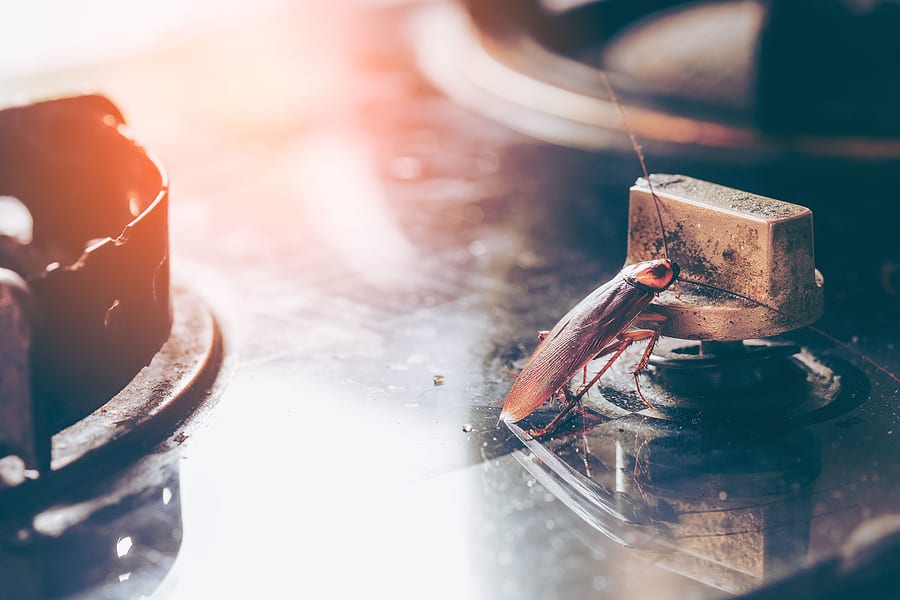
It’s always alarming spotting a roach in your home. These pests are highly adaptable and seek out human environments for a food and water source. Once they’ve infested your home, it can be difficult to control and eliminate them as they reproduce rapidly! The first step in preventing roaches is understanding the signs of cockroaches and the factors that could attract them into your Florida home.
The best way to avoid roaches from entering your Sanibel property is placing preventative measures throughout! Check out our tips on preventing cockroaches:
If you’ve noticed the above signs of cockroaches, it’s best to call your local Florida pest control provider. These professionals will identify the type of roach, any entry points, and the best treatment and ongoing prevention for your home.
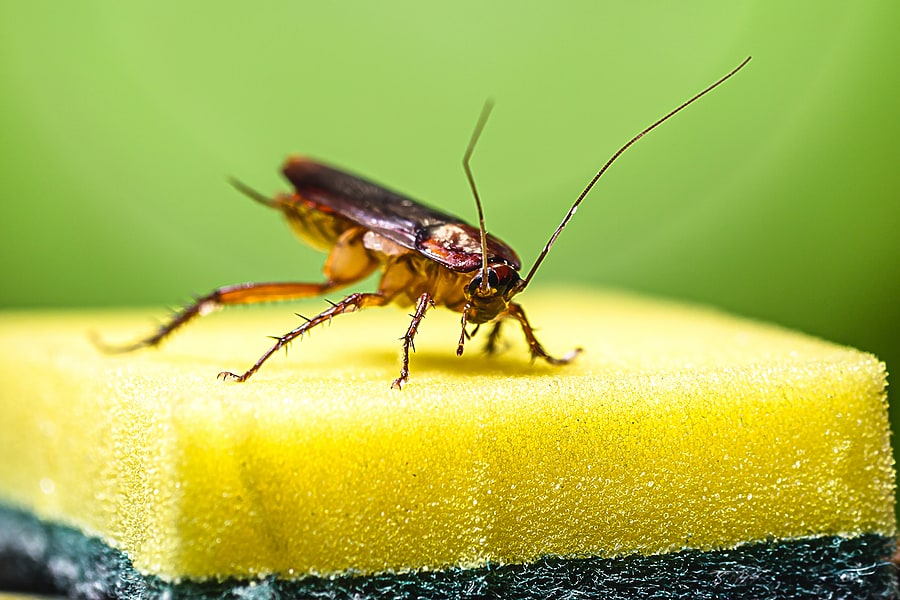
Roaches are common household pests that are highly resilient and difficult to eliminate. They reproduce quickly, making them hard to keep under control once an infestation has been established. Cockroaches will infest anywhere they can find an available supply of food, water, and shelter. They are commonly found in areas near food and moisture (kitchens and bathrooms). They are also prevalent in multiunit housing (apartments, condos, etc.). Once established in your home, roaches can cause serious health risks for you and your family. Here are some of the reasons roaches are dangerous to your health.
Roaches are known to carry at least 30 different types of bacteria including typhoid fever, cholera, dysentery, and poliomyelitis. They spread these diseases to humans by contaminating food and surfaces in our home. We can also inhale bacteria from the air near a cockroach infestation.
The allergens roaches carry can trigger asthma in those who are already afflicted with it. They are also known to cause asthma in those who didn’t previously have it. The incidence of allergic reactions can increase when roaches are present in the home. They are triggered by cockroach debris, including discarded shells, saliva, body parts, and feces. Their saliva is also known to cause skin rashes and sneezing.
Roaches can be found scavenging through the trash, dumpsters, on spoiled food, and even feces. They pick up contaminants from these surfaces as they crawl through them which stick to their legs and bodies and are then left behind as they crawl across our food and clean surfaces. When we eat food or touch surfaces that have been contaminated by roaches, it can cause sickness for us, as well.
Making your home less inviting to roaches is the first step in preventing them. Here are some cockroach prevention tips you can utilize in your home.
If you have a problem with roaches or other household pests, contact your local pest control company for an inspection.
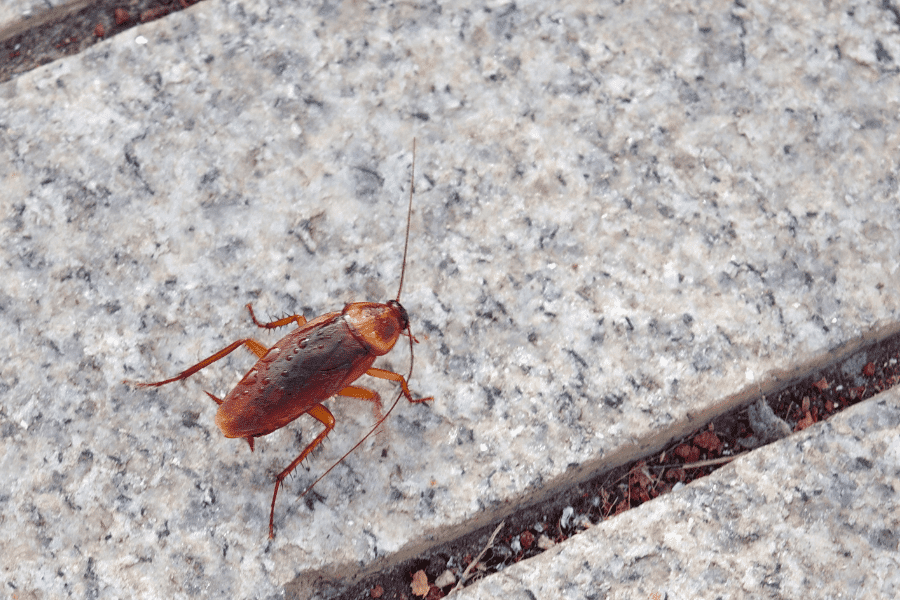
A lot of homeowners believe that a tidy home will keep cockroaches away, but that’s not always the case. Cockroaches can find themselves in the tidiest of homes and it’s due to the availability of food, water, and shelter. The sight of even just one roach in your home should raise some alarms. These pests can multiply quickly and seeing just one typically means more are hiding nearby.
The main reason you should be wary about cockroaches in your home is that they can carry bacteria on their bodies and feet. They tend to walk across various surfaces and can pick up many unwanted germs. They are also known to bring on allergic reactions and asthmas attacks.
If you begin noticing these signs of roaches, then it might be time to call your local pest control company. In the meantime, here are some simple cockroach prevention tips that will help lessen the chances of a roach infestation:
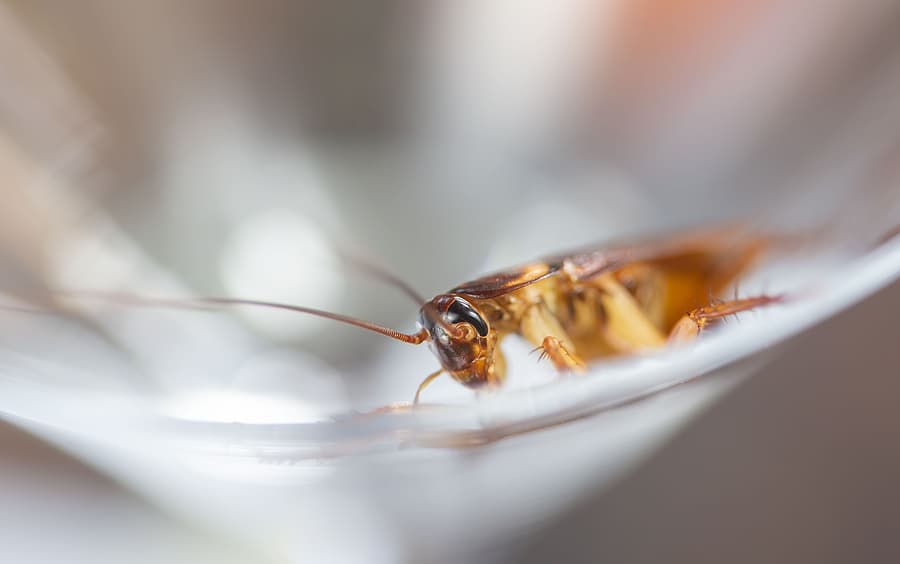
Cockroaches are common household pests that are highly adaptable. They are skilled at finding their way indoors and multiplying quickly to establish an infestation in your home. It is important to know what attracts roaches to your home in order to prevent them. There are 3 main things that will bring roaches to your door: food, water, and shelter. By eliminating these 3 things, your home will become much less attractive to these and other pests. Here is our step-by-step guide to preventing cockroaches from infesting your home.
Cockroaches are scavengers. While they prefer sugar, carbs, and protein, they will eat just about anything. Clean up any leftover food or spills and crumbs on tables, counters, and appliances. Store your food in airtight containers. Rinse cans, bottles, jugs, etc. before throwing them away. Empty your garbage regularly and use trash cans with lids. Don’t leave your dirty dishes out overnight. Wipe down your counters with disinfectant every night. Try to limit food consumption to one room (e.g. the dining room) to help reduce spills and crumbs throughout your home. Store your pet food in sealed containers and don’t leave pet food bowls out overnight.
Roaches can actually go for a week or 2 without it if they are getting enough moisture from their food. Despite this, they will ultimately require water to survive and will seek it out in your home. Remove any standing water both in and around your home. Don’t leave any water in sinks or near drains, especially overnight. Keep excess moisture out of your home, basement, and crawlspace with a dehumidifier. Consider installing a moisture barrier or crawlspace enclosure. Repair any damaged or leaky pipes immediately. Clear blocked drains in the home. Keep gutters free of debris. Don’t leave your pet’s water bowls out overnight.
Remove clutter from your home, garage, and attic. Get rid of any old cardboard boxes, newspapers, and magazines. Dust and vacuum frequently. Paint or varnish your wood shelves to seal cracks and crevices where roaches can hide, or consider replacing them with metal or plastic shelving. Check walls, skirting, electrical outlets, sinks, cabinets, and baseboards for cracks and crevices and seal any that you find. Inspect all items before bringing them into your home, including packages, storage boxes, grocery bags, and used appliances. Seal around utility pipes and wall junctures. Make sure windows and doors are sealed and use weatherstripping on them. Trim back any heavy vegetation from your exterior walls and try not to stack firewood against your house.
Cockroaches can be dangerous to you and your family, contaminating surfaces and triggering asthma and allergies. If you have problems with a cockroach infestation, contact your local pest control company for an inspection and cockroach treatment plan.
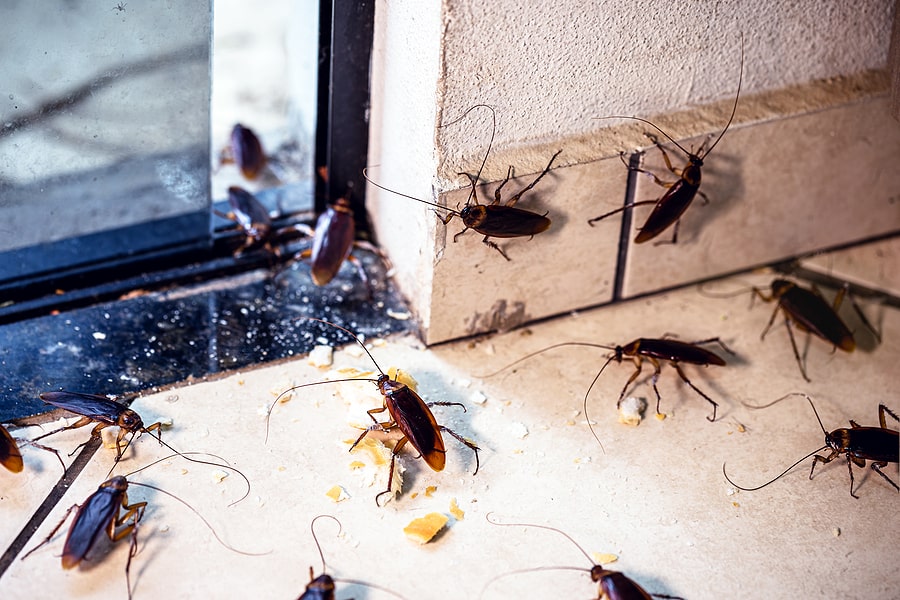
Cockroaches have a negative connotation in the minds of the general public, but this is not always the case. Cockroaches are attracted to a tidy home because of the availability of food, water, and shelter. Although the sight of even a single cockroach in your home is likely to cause some level of alarm, it is unlikely that this lone insect is indicative of a widespread problem. Roaches are social pests that can quickly multiply. It’s likely that if you see one, there are others hiding in the shadows or in some crevices, and the situation could quickly escalate into a full-blown infestation.
Humans should avoid coming into contact with cockroaches because the bacteria they carry on their bodies and feet can spread to any surface they walk across. They also have the potential to bring on allergic reactions and asthma attacks. A cockroach infestation might exist even if you don’t spot any of the insects yourself. Signs of cockroaches include dead bodies, small, brown, oval-shaped eggs or eggshells, dark, powdery droppings that resemble ground coffee, and a persistent musty odor.
Preventative measures are the most effective means of cockroach control. Cockroach prevention can be accomplished by:
The crumbs and dirt that humans leave behind are a magnet for roaches. After each meal, clean the dishes and put them away. Get rid of the crumbs and mop up the spills right away. Get rid of the trash every night. Remove all grease from cooking surfaces. Put perishables in containers that can’t be opened easily. Make regular use of a broom, mop, and vacuum. Do not leave pet supplies out overnight.
Remove potential hiding spots for roaches by clearing away any clutter. Keep rooms decluttered, especially those that aren’t used frequently, and maintain a regular dusting schedule. Skip the cardboard boxes and opt instead for plastic containers with secure lids. Roaches thrive in cardboard and newspaper, so get rid of it.
Roaches can enter homes through crevices and under doors. By locating these entry points and sealing them, you can prevent cockroaches and other pests from entering your home. The areas around the windows and doors, the foundation and the roof, the attic and the crawlspace vents, and the openings for the utility and plumbing lines should all be thoroughly inspected. Caulk can be used to fill in tiny cracks and holes. Use steel wool and foam to seal larger holes, especially those near pipes. It is possible to use fine mesh wire to create a seal around roof vents and chimneys.
Moisture is essential for the survival of roaches and most other pests. For this reason, roaches can be lured into your home by the presence of standing water or an abundance of moisture. Make it a habit to routinely check for leaks in the plumbing system and to fix any you find. Inspect for leaks and excess moisture around the faucets, sinks, refrigerator, and other appliances in the home. Extra moisture in homes often originates in the crawl space. If you’re worried about moisture under your house, an enclosed crawlspace may be the answer.
It can be very challenging to get rid of a cockroach infestation. In the fight against roaches, prevention can only go so far. Get in touch with a professional pest control company if you think you have an infestation so they can help you figure out what kind of roaches you have, where they are getting in, and what they are eating, and then create a customized plan for cockroach control and elimination in the future.
How to Keep Pests Away from Your Stored Holiday Decorations
Termite Bond vs Termite Warranty